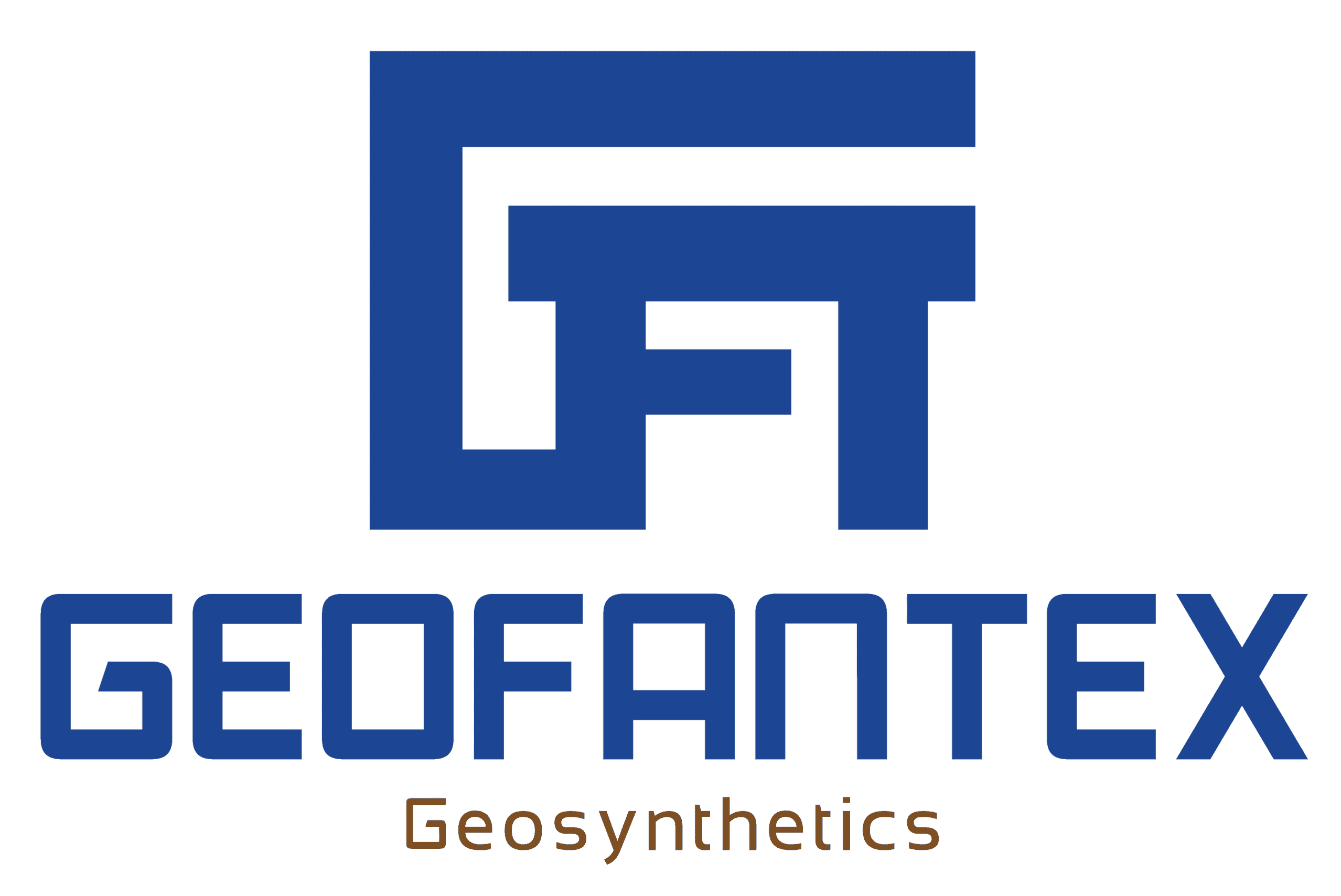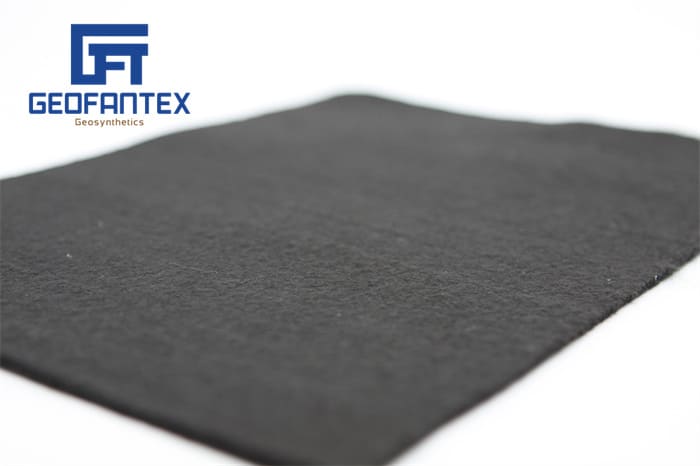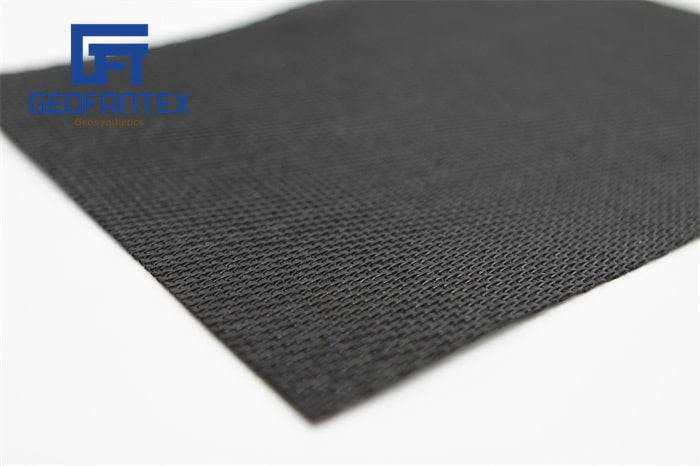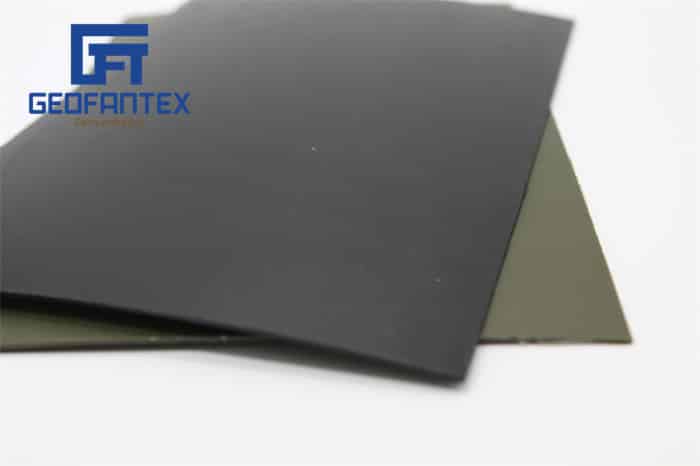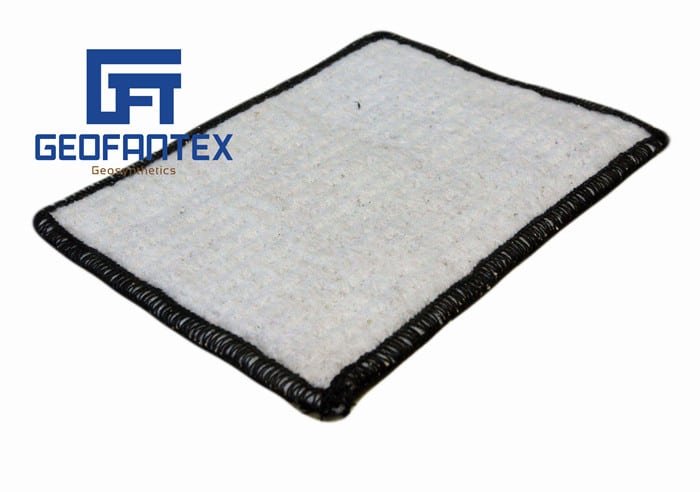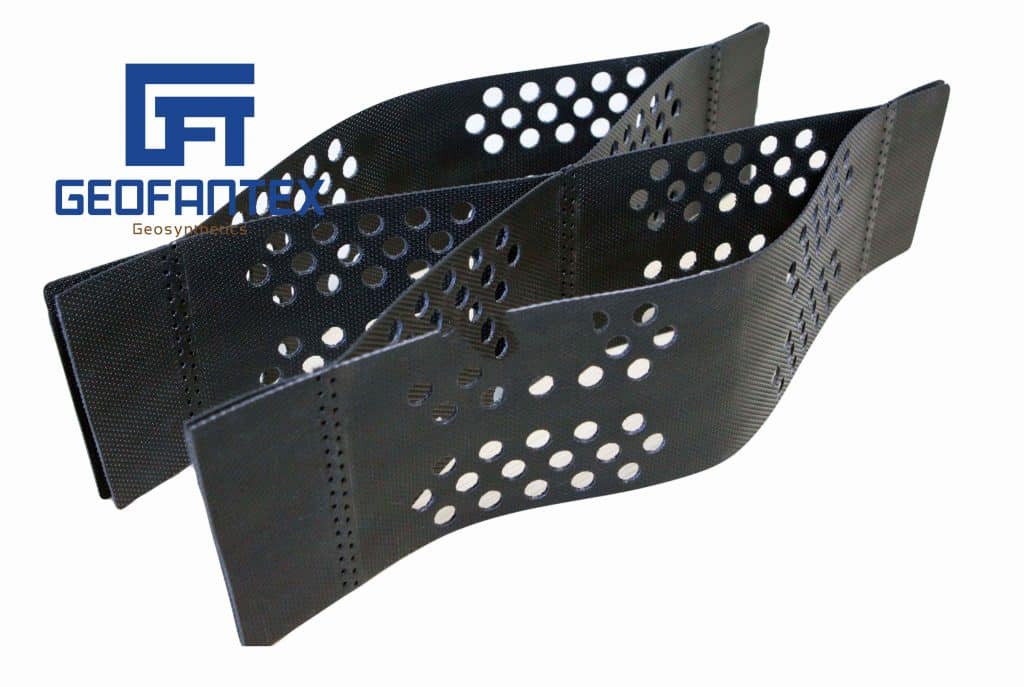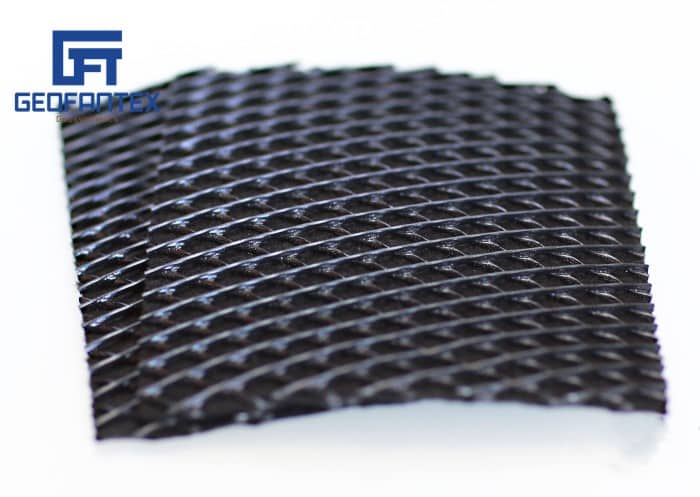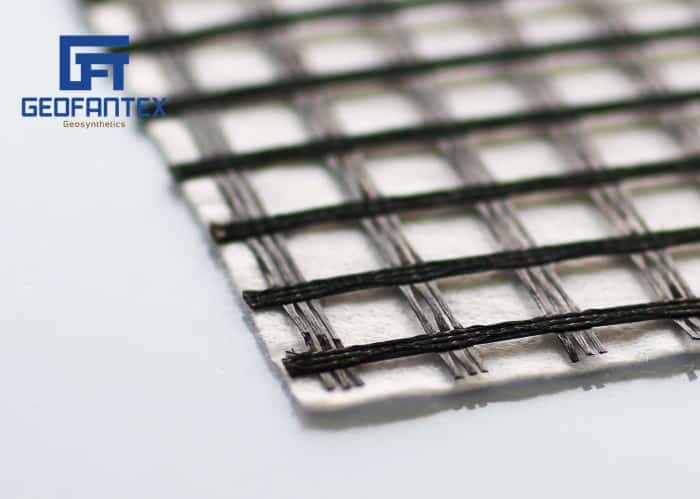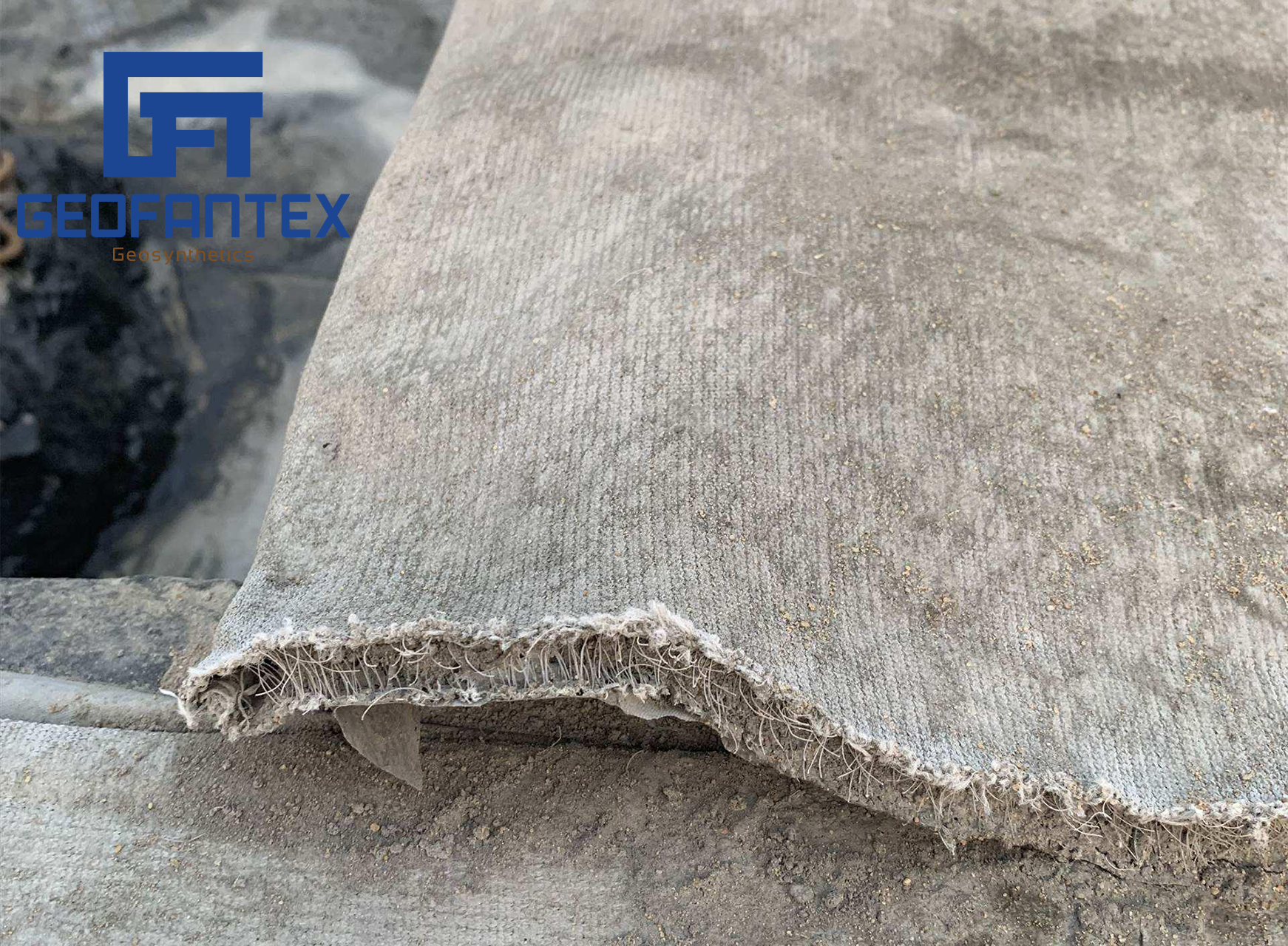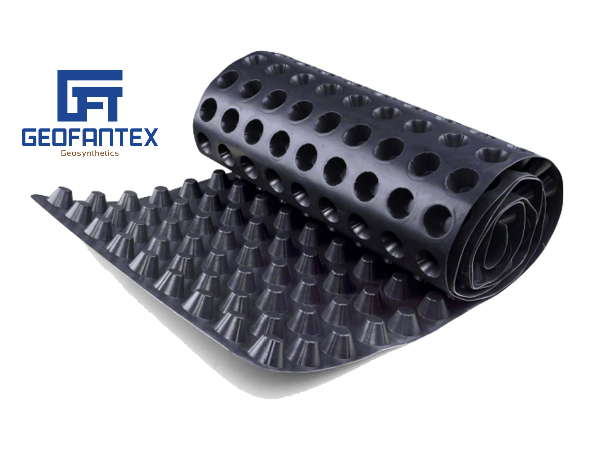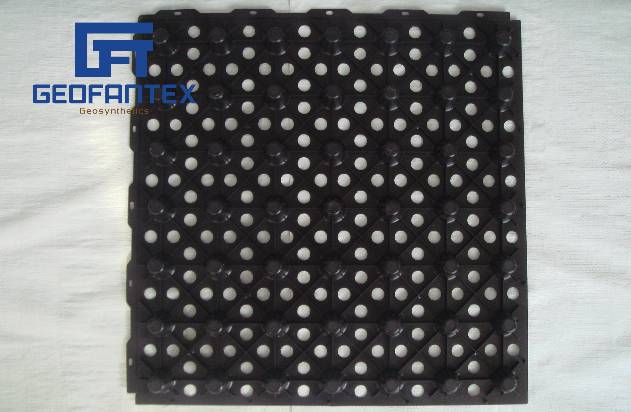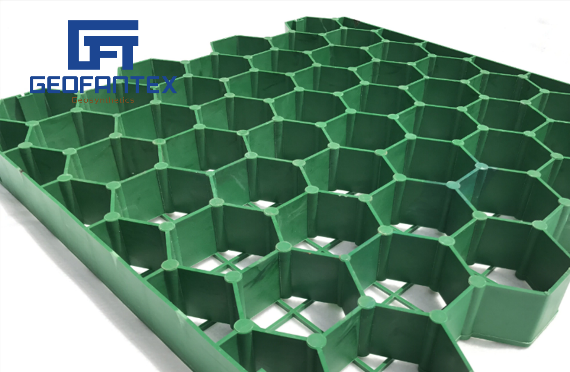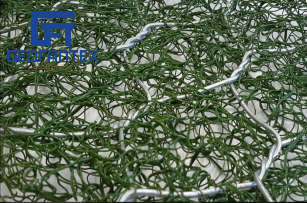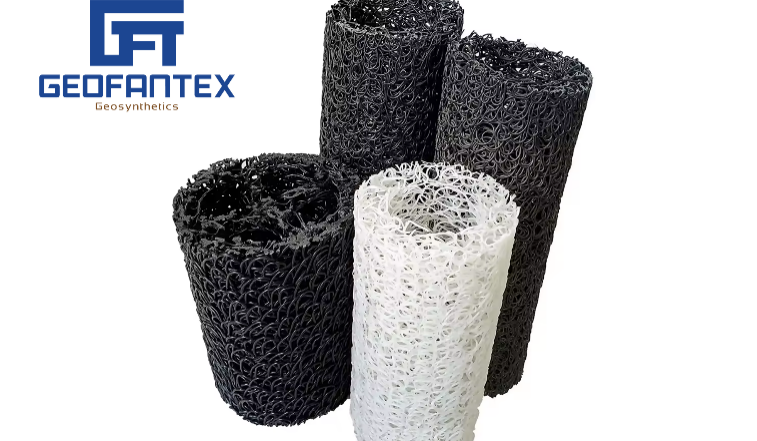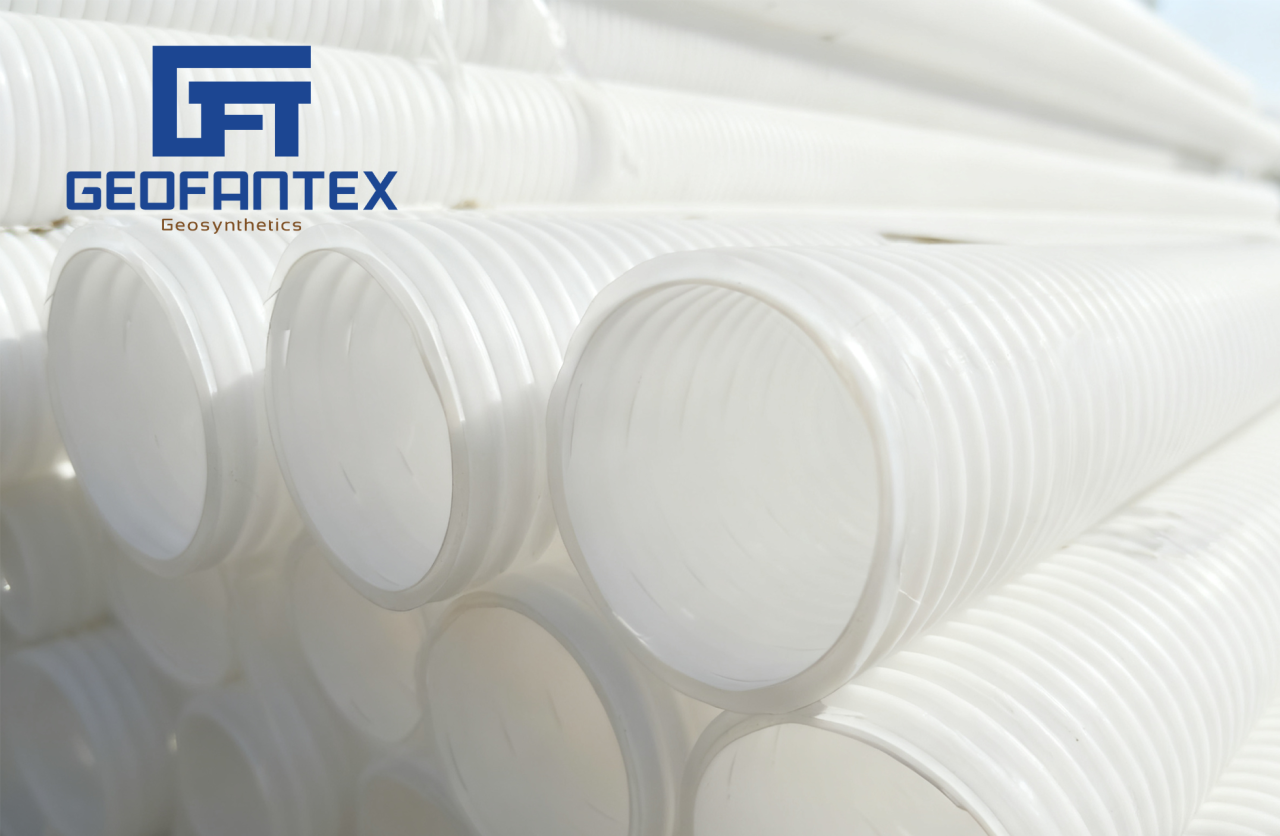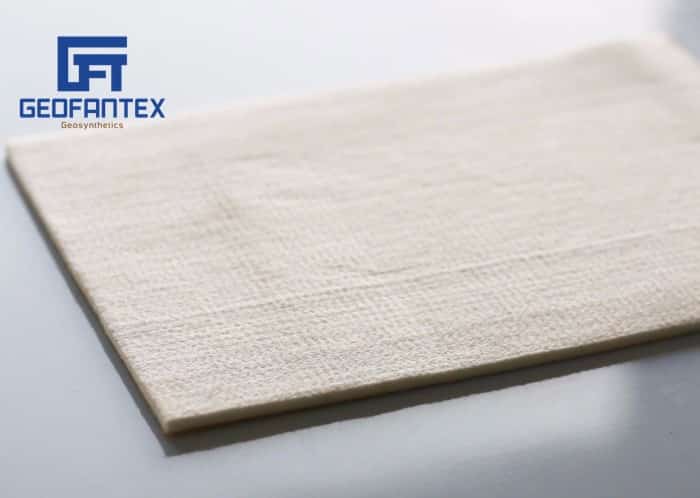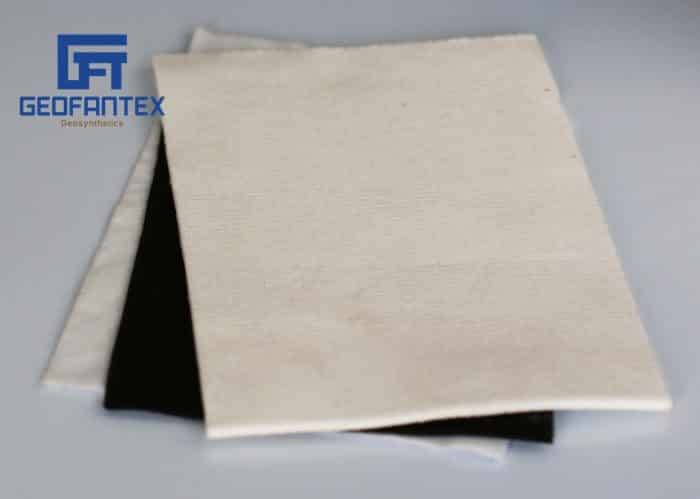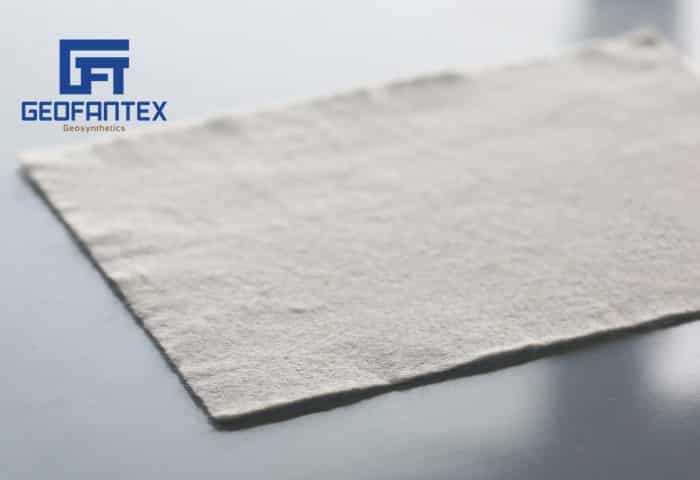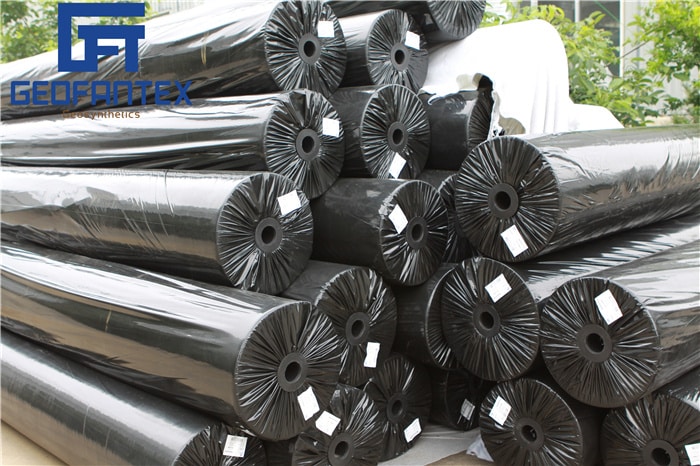+86-159 9860 6917
info@geofantex.com
geofantex@gmail.com
+86-400-8266163-44899
Woven geotextile fabrics are often unseen yet crucial in modern construction and landscaping. These robust, permeable materials offer essential support and protection in various applications, from erosion control to soil stabilization. Commonly referred to as “wall fabrics” when used in retaining wall systems, woven geotextiles combine strength, durability, and hydraulic properties that make them indispensable in many projects.
Does woven geotextile fabric let water through?
Yes, woven geotextile fabric does allow water to pass through, but its permeability is generally lower compared to non-woven geotextile fabrics. Woven geotextiles are made by weaving polypropylene or polyester fibers into a uniform pattern, creating a fabric that is strong and durable, often used for soil stabilization and reinforcement.
Key Points about Woven Geotextile Fabric and Water Permeability:
- Permeability: Woven geotextiles have a tighter structure, which means they have lower permeability compared to non-woven geotextiles. While they do allow some water to pass through, they are more effective at separating, reinforcing, and providing structural support than at facilitating drainage.
- Function: Woven geotextiles are primarily designed for applications where strength and durability are more critical than filtration, such as in road construction, embankments, and other civil engineering projects. They help prevent the mixing of different soil layers while still permitting limited water flow.
- Applications: In projects where both filtration and drainage are important, non-woven geotextiles are typically preferred due to their higher permeability. However, woven geotextiles can still be used in applications like erosion control and soil stabilization, where water permeability is needed but not the primary concern.
In summary, while woven geotextile fabric does allow water to pass through, its permeability is limited compared to non-woven geotextiles, making it more suitable for applications where structural support and separation are prioritized over drainage.
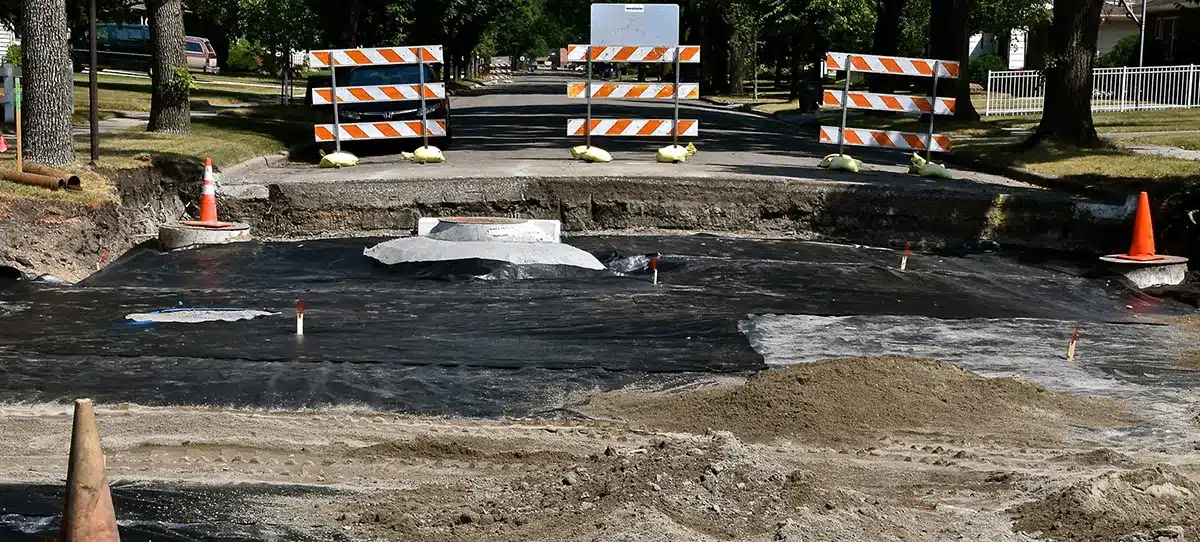
What is woven geotextile fabric used for?
Woven geotextile fabric is primarily used for soil stabilization, reinforcement, filtration, separation, and erosion control in construction and civil engineering projects. Its tightly woven structure provides high tensile strength, making it ideal for applications where soil reinforcement and load distribution are required. Common uses include:
- Road Construction: Strengthens road bases, prevents rutting, and improves load-bearing capacity.
- Erosion Control: Stabilizes slopes and embankments to prevent soil erosion.
- Separation Layers: Prevents mixing of different soil layers, especially in subgrade construction.
- Drainage Systems: Allows water to pass while retaining soil particles, improving filtration.
- Retaining Walls & Embankments: Enhances structural stability by distributing loads evenly.
- Landfill & Coastal Protection: Provides reinforcement and prevents soil displacement.
Would you like recommendations on selecting the right type of woven geotextile for a specific application?
What kind of fabric is behind a retaining wall?
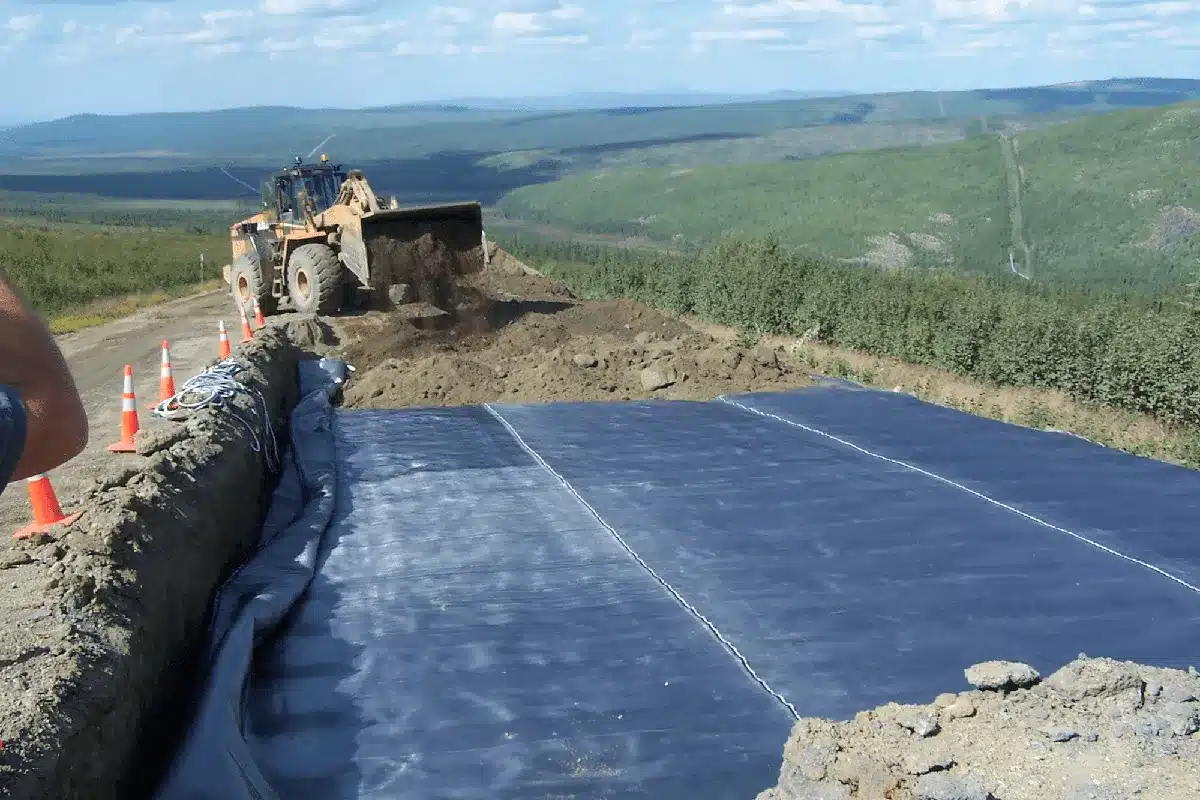
The fabric commonly used behind a retaining wall is geotextile fabric, specifically designed to improve the stability and durability of the wall. Geotextile fabric acts as a barrier between the soil and the drainage materials, preventing soil from clogging drainage systems while allowing water to pass through. This helps reduce water pressure on the wall and prevents erosion.
Here are the main types of geotextile fabrics used:
- Non-Woven Geotextile: This fabric is primarily used for drainage applications behind retaining walls. It is porous and allows water to filter through while retaining soil particles.
- Woven Geotextile: This type is often used for soil reinforcement in retaining walls. It is stronger and more resistant to tearing, making it ideal for load-bearing and soil stabilization.
Both types of geotextile fabrics contribute to the structural integrity of the wall by enhancing drainage and soil separation, ultimately preventing damage due to moisture buildup or soil movement.
Can roots penetrate geotextile fabric?
- Nonwoven Geotextile: porous, felt-like structure; more likely to allow root growth over time; useful for erosion control and vegetated slopes
- Woven Geotextile: tighter weave; more resistant to root intrusion but not completely root-proof, especially against aggressive roots like bamboo or tree roots
- Root Barrier Geotextiles: specialized fabrics designed to block root growth; often used near foundations or utility lines
- Installation Impact: proper installation is critical; exposed edges or fabric tears can allow roots to penetrate
Choosing the right type of geotextile fabric and installing it correctly can significantly reduce root intrusion while maintaining soil stabilization, drainage, and structural integrity for retaining walls and other landscaping or construction projects.
Woven geotextile, often referred to as wall fabrics when used in applications like retaining walls, is a multifunctional material that plays a pivotal role in numerous engineering and construction projects. Its ability to allow water flow, coupled with its strength and durability, makes it ideal for a variety of uses ranging from soil stabilization to erosion control. Whether it’s reinforcing a retaining wall or preventing root intrusion, woven geotextile fabric is an indispensable tool in the landscape and construction industries. Understanding its properties and applications can lead to more effective and sustainable project outcomes.
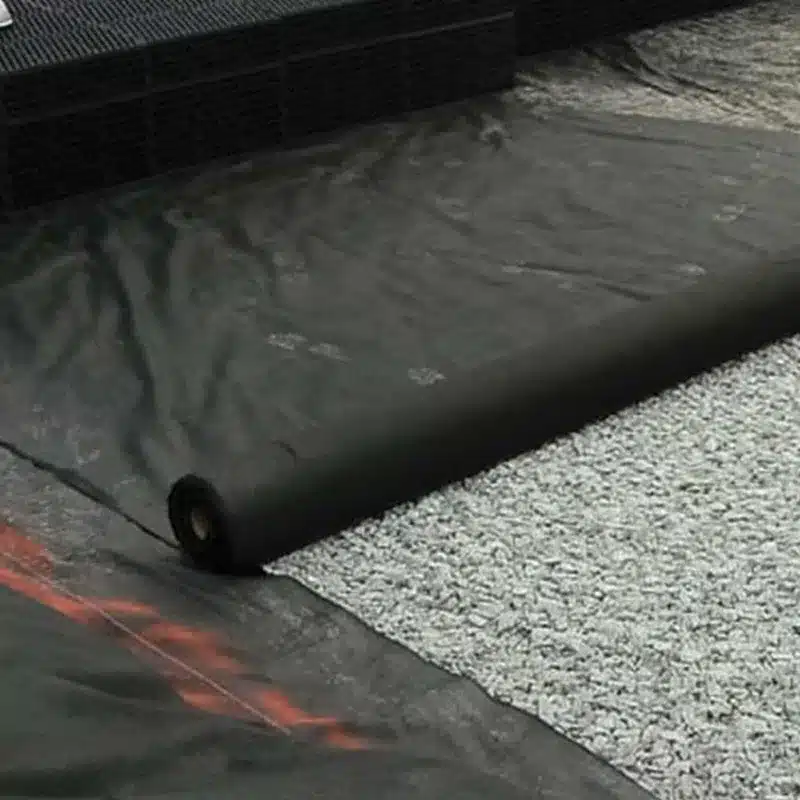
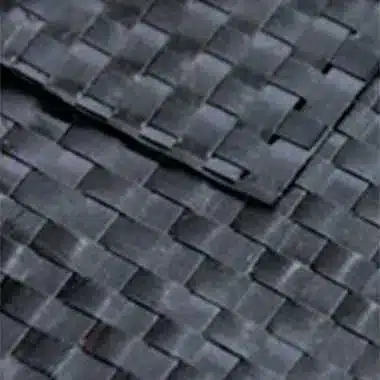

Get Free Sample
We’ll respond as soon as possible(within 12 hours)
